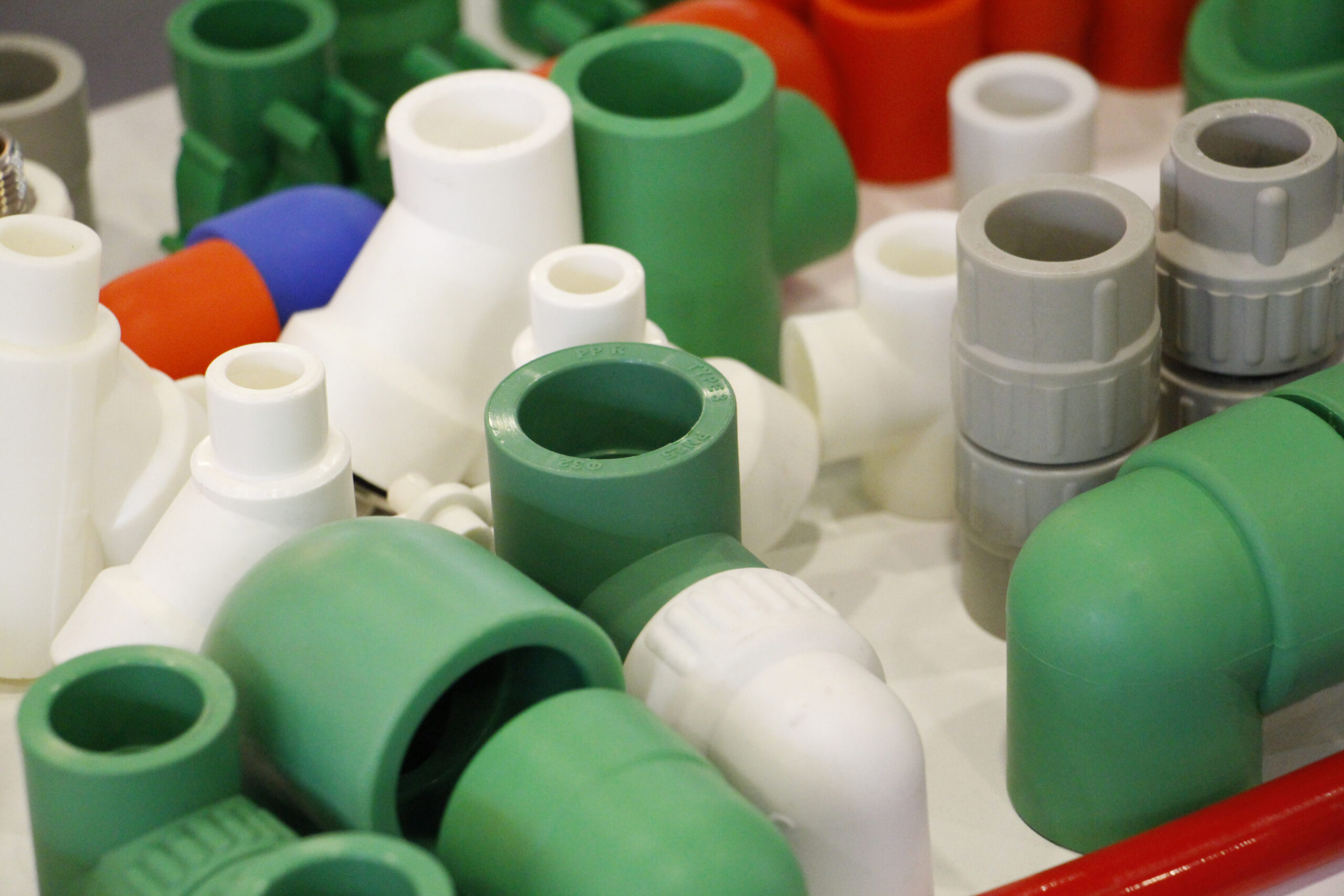Plastic products are ubiquitous in our society, the majority of which are intended to have a short life cycle and limited durability. But on the opposite side of the spectrum are a smaller number of products made from high performance thermoplastics intended for long-term, repeated use. High performance polymers are designed to withstand greater physical, chemical, and thermal stress than standard or engineering plastic and can even be used to replace metals, ceramics, or composite material components in some applications.
Thermoplastics are broadly characterized as standard or commodity plastics, engineering plastics, and high-performance plastics. Engineering thermoplastics provide chemical and wear resistance and can be used with applications that reach up to 150°C. High performance thermoplastics meet even more demanding performance requirements and are used in critical applications, such as aerospace and defense, medical, and industrial where failure is not an option. Because of their specialized nature, they represent about 1% of the plastics manufactured worldwide.
High performance thermoplastics can withstand temperatures up to 500°F (260°C), are chemical and corrosion resistant, offer thermal stability, and have superior mechanical properties equal to metals. They are often used to lightweight metal products and have a low coefficient of friction, making them ideal for applications where friction is a concern. Many high performance thermoplastics that are resistant to heat and hydrolysis can withstand repeated cycles of steam autoclaving.
High performance thermoplastic resin is often mixed with glass fiber, carbon fiber, or other material to enhance the resin’s structural properties. These are referred to as filled thermoplastics.
Common High Performance Thermoplastics
Polyetheretherketone (PEEK)
PEEK is a high performance thermoplastic well suited for harsh environments. It can be used in products that endure continuous temperatures up to 482°F (250°C) while providing long life and reliability. PEEK’s excellent mechanical strength and dimensional stability make it a smart choice for the replacement of heavier metal parts. With a low coefficient of friction and excellent wear resistance, it is perfect for wet or dry abrasive environments. This corrosion-resistant, chemical resistant high performance thermoplastic also provides excellent electrical properties and will not hydrolyze in water.
PEEK’s heat and hydrolysis resistance make it ideal for medical products that must undergo steam sterilization. In fact, medical-grade Peek can withstand more than 1,500 cycles with no significant loss of its mechanical properties, no discoloration (yellowing) and no calcification.
The addition of glass fiber or carbon fiber reinforcements enhances the mechanical and thermal properties of the basic PEEK material.
Polyamide-imide (PAI)
PAI exhibits greater compressive and impact strength than most non-filled injection-moldable high performance thermoplastics. PAI demonstrates greater strength at 400°F (200°C) than other advanced thermoplastics do at room temperature, although it can withstand continuous operating temperatures up to 500°F (260°C).
Offering exceptional dimensional stability and superior structural characteristics at high temperatures, this wear-resistant, chemical resistant thermoplastic is perfect for components used in demanding environments such as those found in aerospace, automotive, and oil and gas industries. Its excellent electrical properties, including high dielectric strength and electrical insulation, lend to its use in semiconductors and electronics industries. Glass-fiber and carbon-fiber-filled grades reinforce the resin’s strength, stiffness, fatigue resistance, thermal expansion properties.
Polyimide (PI)
PI thermoplastic provides high strength, dimensional stability, and creep resistance at a broad temperature range, even at temperatures up to 464°F (240°C). It has excellent sliding characteristics with a low, stable coefficient of friction and low friction wear.
The properties of polyimide make it an excellent replacement for metal and ceramic and well suited for structural parts in automobiles, aircraft, and industrial equipment. Filled grades have additional properties such as greater strength, fatigue resistance, and wear characteristics.
Polyphenylene Sulfide (PPS)
PPS is a chemically resistant polymer with high mechanical strength, even at temperatures above 392°F (200°C). PPS’s dimensional stability over wide variations of temperatures and moisture levels allows it to be used in applications where other materials fail. Its high creep resistance makes it a good choice for products requiring tight tolerances. PPS is often used when applications require long-term, high-temperature performance and dimensional stability, even when exposed to harsh chemicals. PPS is often filled with glass fiber, carbon fiber, or mineral reinforcements.
Polyetherimide (PEI)
PEI has one of the highest dielectric strengths of any thermoplastic material. In addition to excellent dielectric strength, it has high mechanical strength and rigidity and offers good resistance to hydrolysis, allowing it to withstand repeated cycles in a steam autoclave. It can withstand operating temperatures up to 338°F (170°C) and has high creep resistance over a wide temperature range. PEI offers broad chemical resistance and is inherently flame resistant. PEI is available filled to improve strength, rigidity, and stiffness further.
Injection Molding High Performance Thermoplastics
The use of high performance thermoplastics is growing as manufacturers are comparing the benefits of potentially replacing materials like metal, composites, and ceramics. The properties of high performance thermoplastics that make them an ideal solution for many challenging applications also make them difficult to injection mold.
Injection molding these materials requires specialized equipment and expertise. For example, some polymers require special handling, such as hygroscopic ones that must be dried before use. Regrinding filled polymers incorrectly can result in shorter fiber length, negatively impacting the thermoplastics’ performance. These are two small examples that underline the importance of working with an injection molder with high performance thermoplastic experience and knowledge of each polymer’s properties and processing nuances. In addition to the specialized knowledge and experience, the high melting temperatures of these thermoplastics mean that equipment must be modified to handle them.
Trust Ensinger Precision Components With Your High Performance Project
When product failure isn’t an option, you can’t trust your product to just anyone. Our engineers have in-depth specialized knowledge of the processes and materials that are required to solve your toughest challenges. We will evaluate all the variables that can impact your cost, quality, and productivity and offer you the best solution. As a division of Ensinger Industries, we leverage our global experience and additional capabilities to provide a complete solution.
